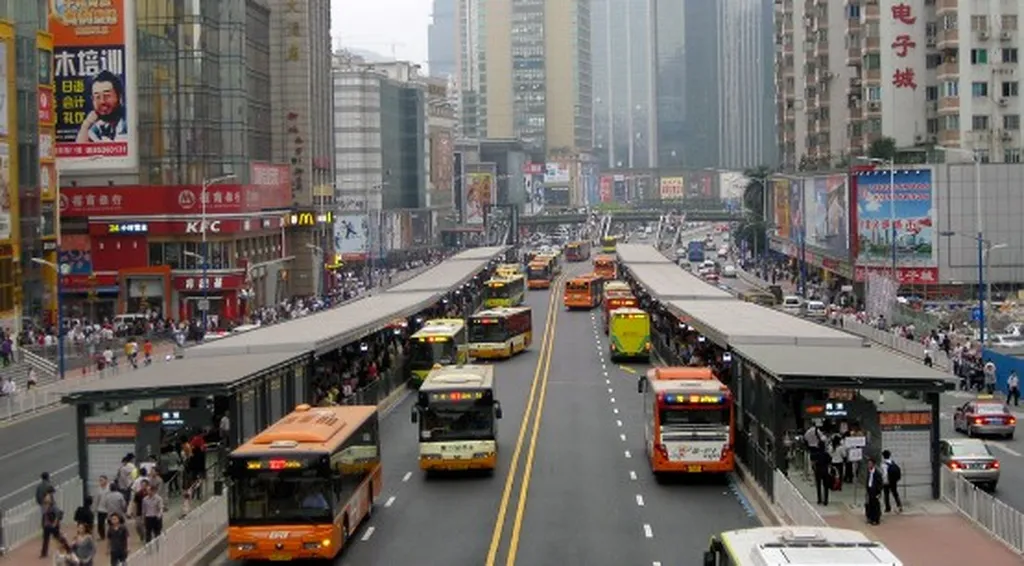In the quest for sustainable urban mobility, Bus Rapid Transit (BRT) has long been the domain of major cities. But what about smaller cities, where space is tight, demand is lower, and governance is fragmented? A new study published in *European Transport Studies* (Översättning: *Europeiska Transportstudier*) is tackling this very question, offering a fresh perspective on how BRT can be adapted to small and medium-sized cities, with significant implications for urban development and the energy sector.
Jakob Allansson, a researcher at Lund University and the lead author of the study, has developed a planning tool designed to bridge the gap in BRT implementation for smaller urban areas. “The key challenge is that there’s no common understanding of how to plan and implement BRT in these contexts,” Allansson explains. “Our tool aims to facilitate collaboration among stakeholders early in the planning process, ensuring that BRT projects evolve from purely transport-focused solutions to broader urban development initiatives.”
The “Planning Tool for Swedish BRT” moves away from the traditional infrastructure-heavy focus on capacity and commercial speed, which is often seen in large urban areas. Instead, it integrates infrastructure, urban design, vehicle systems, and operational strategies to promote thoughtful design decisions that ensure high-quality services. This balanced approach could have significant commercial impacts for the energy sector, as it encourages the adoption of more sustainable and efficient public transport systems.
The tool was developed using a Delphi-inspired approach, which involved gathering input from a panel of experts to identify shortcomings in existing tools. This collaborative method ensures that the tool is practical and relevant to the unique challenges faced by small and medium-sized cities.
So, how might this research shape future developments in the field? By providing a clear framework for planning and implementing BRT in smaller cities, the tool could accelerate the adoption of sustainable transport systems in these areas. This, in turn, could drive demand for energy-efficient vehicles and infrastructure, creating new opportunities for the energy sector.
As cities around the world grapple with the challenges of urbanization and climate change, the need for sustainable and efficient public transport systems has never been greater. Allansson’s research offers a promising solution, one that could help smaller cities leapfrog traditional transport planning and embrace a more holistic, urban-centric approach.
In the words of Allansson, “This is not just about creating better bus systems. It’s about creating better cities.” And with the “Planning Tool for Swedish BRT,” that vision is one step closer to reality.

